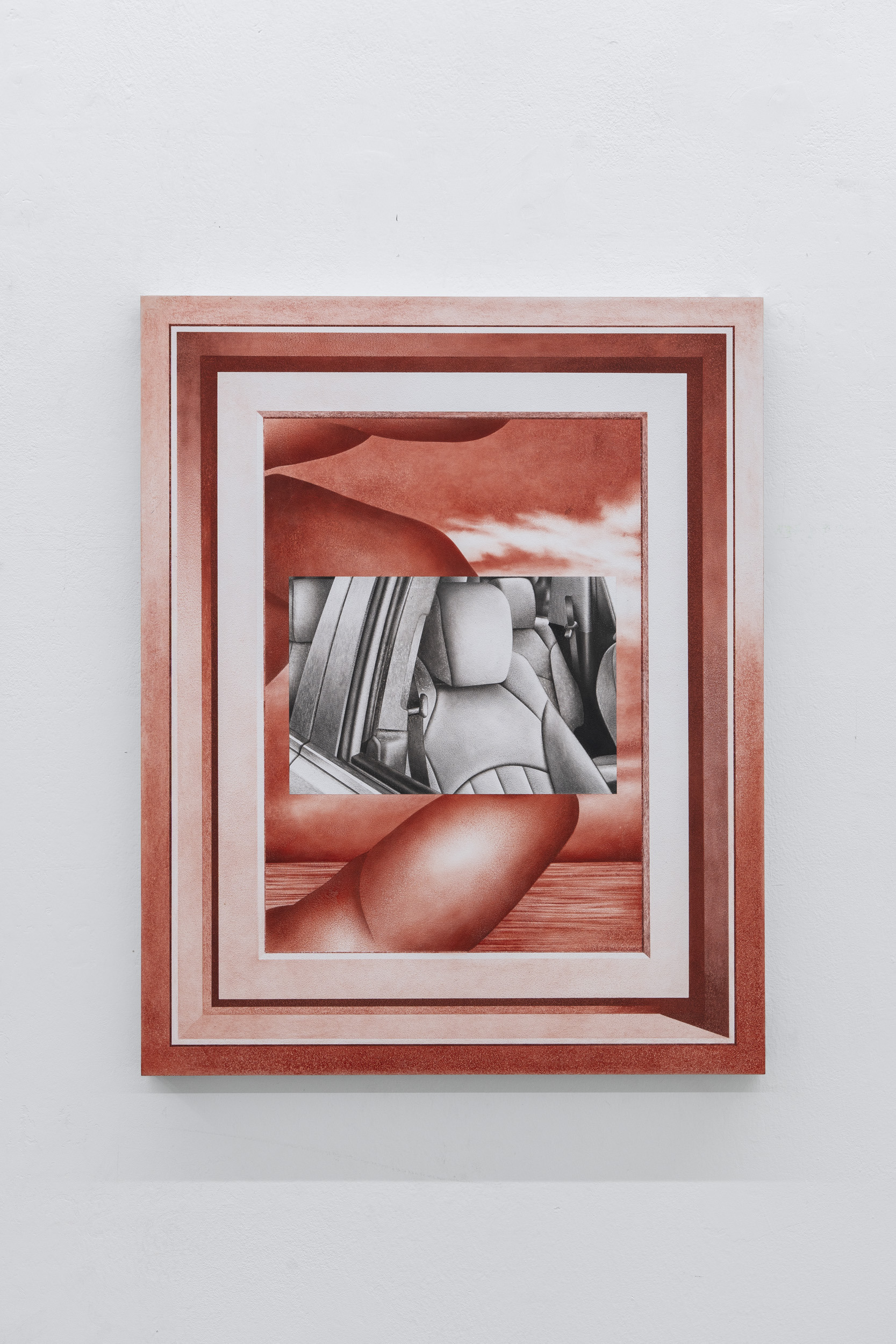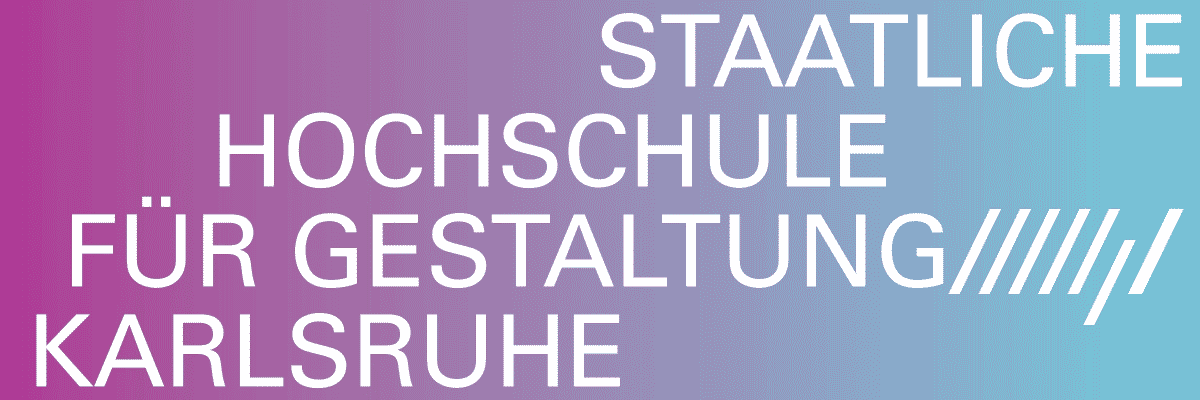
Sebastian Burger
Ease away the stones

General view
Advertisement

General view

General view

Hybrida (2024). Oil on Aluminum. 4 × 400 cm

General view

Feed Line (2024). Oil on Aluminum. 53 × 80 cm

Sleep (Table Living)(2022). Oil on Aluminum. 59.4 × 43 cm

Detail

Kleines Interieur (KM)(2022). Oil on Aluminum. 50 × 40 cm

T-Shirt (ME, 1909)(2022). Oil on Aluminum. 50 × 40 cm

Detail

Unity (2024). Oil on Aluminum. 44.4 × 23.2 cm

It’s about me (Stained Glass laughter peering through)(2024). Oil on Aluminum. 80 × 68 cm
It is impossible to see the entirety of an object at one moment in time, from a single point of view. Be it a cube, a chair, or one’s own body, there is always a side that goes unseen. Whilst artists and scientists alike have tried to overcome this limit through complex configurations of mirrors or technological enhancements, reality nevertheless presents itself to us as partial, as incomplete. There is always a remainder left out of the impression things and beings make upon our retina, be it the bottom of one’s feet or the backside of a chair.
Despite this fact, we are still able to project the remainder, unconsciously filling out the contours of what is out of view. I may see only the front of a car approaching and yet still cognise this as a car (complete with a trunk, with rear lights and so on). I may see a face in a window and subsequently project the rest of a human figure, intuiting that what I see is more than a face.
In Burger’s paintings we find ourselves pressed up against objects, up close and personal where there is little breathing room between the eye and the thing it beholds, thus embodying the very point at which projection takes place. We see parts of things: what may be a shirt, what may be a car interior, what may be a camera... in bringing us to this extreme point, wherein if we were any closer objects would cease to be discernable at all, Burger situates us within his own subjectivity, as if we are inhabiting his own ocular world prior to any work of projection (for this is left to us).
In everyday life, projection—the filling out the remainder in the visual field—usually goes unnoticed. Seeing headlights, a windscreen, a bonnet and so on assembled in such a way, I am most likely correct when I project a car. This, however, is not always the case. Reality may disagree with the contours we expect to find, prompting a double take, a sense of disruption; a feeling of the uncanny. The face I see in the window may in fact be attached to a mannequin, or something else altogether. In these moments the gap between subject and object, between the eye and the world it casts upon, is felt. This may be strange, delightful, or terrifying. We feel this in the body, a space beyond language where the routine processing of the visual field has ceased to work as usual. Imagination and perception stand apart from each other, if only for a brief moment.
By closing the gap between the eye and its object—placing us up close and personal with his own world—Burger paradoxically opens it up. The proximity of Burger’s eye to his objects prompt us to pause, to dwell in this space beyond language where what we see is familiar yet cannot be named immediately. Attempting to capture these works in words leads one to flip between nouns and adjectives, between classification and description, between edges and surfaces without finding comfort in either. At a distance this close, Burger allows for objects to be whatever they want to be.
Nick Reilly



